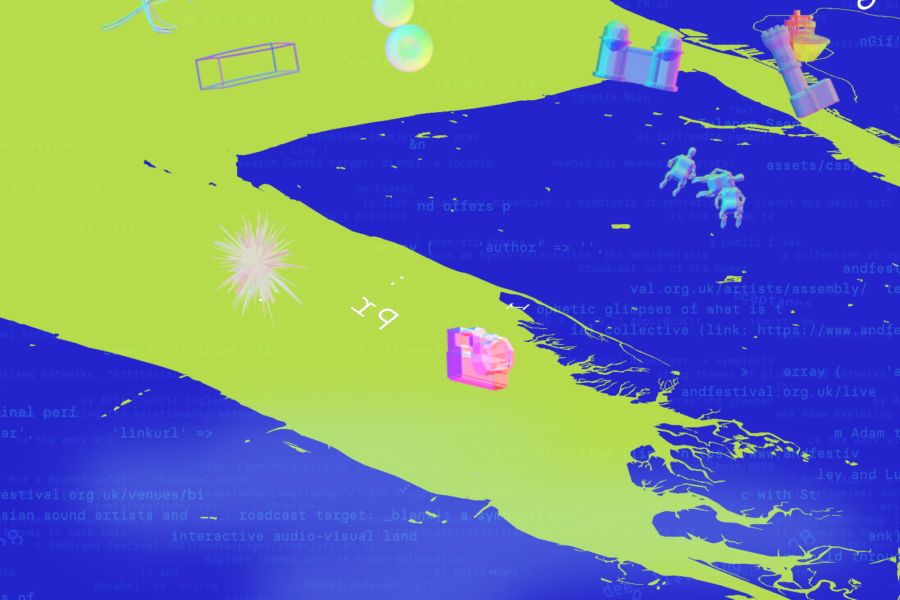Enter: andfestival.world
The digital age has brought many benefits that have a positive impact on the fight against climate change and reducing CO₂ emissions, decreasing the need for international travel and industrial production. However, the production, use and transfer of data causes more CO₂ emissions than you might expect, referred to as our “digital carbon footprint”.
In 2019, 4.1 billion people worldwide had access to the Internet. Every search query, streamed video and cloud computing action is responsible for ever-increasing global demand for energy, increasing CO₂ emissions. The majority of this digital footprint is caused by video streaming due to large data sizes of videos – by comparison, using a search engine or sending text-only emails has a negligible impact.
It is difficult to estimate exactly how large our digital impact is. Studies estimate this to account for 2.3-3.7% of global CO₂ emissions, equivalent to the emissions of the entire aviation industry. On an individual level, it is possible to estimate more precisely how high the CO₂ emissions are and how they can be reduced by simple means.
Despite being perceived as immaterial, the infrastructure we call the ‘internet’, the ethereal cloud, is greedy for resources. Like in Hayao Miyazaki’s toxic jungle, floating particles pollute the air, and toxic waste contaminates land and water. Kilometres of cables run across ocean floors to connect the continents; and uncountable tonnes of materials are used to manufacture the servers that store and transfer our data (our usage increasing by 80% every five years – source). Billions of kilowatts of energy are used to power these machines, cool the data centres that host them and power the devices of users.
The waste in the background of the map is composed by traces of your online activity: cookies of sites you visited, http headers containing information about your browser and device, and pieces of the data that compose this site. The numbers in the bottom right hand corner show the amount of waste that is produced by your navigation, updated in real time.




